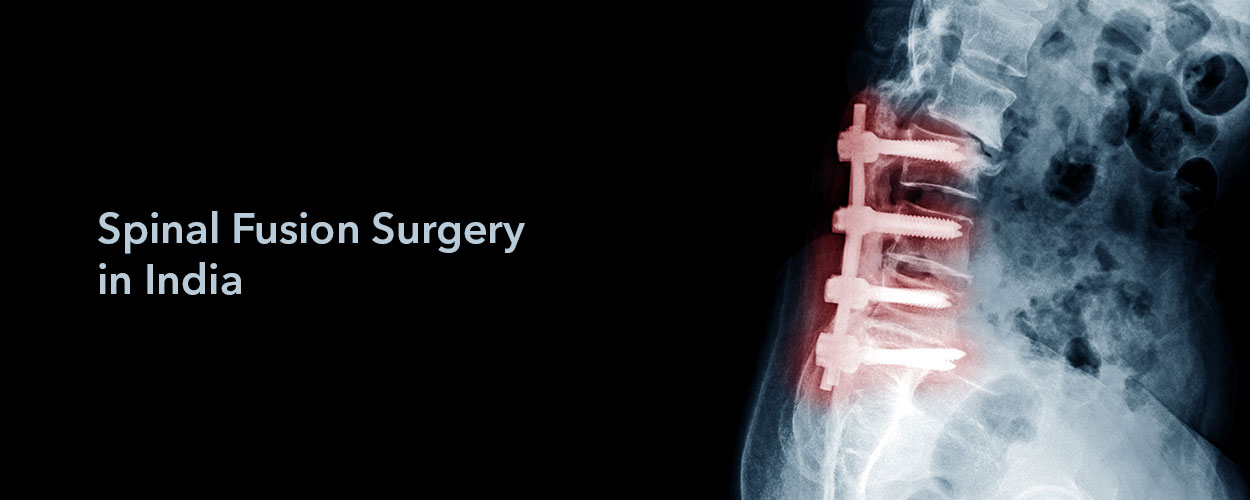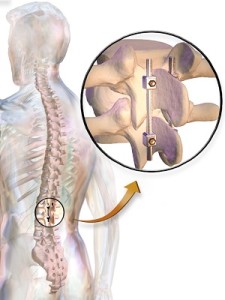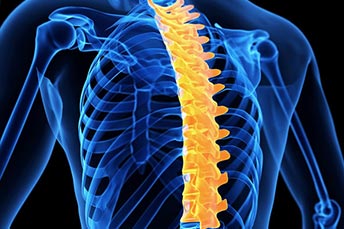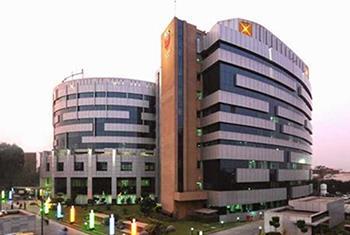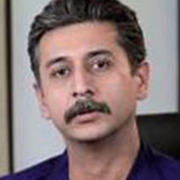Procedure for spinal fusion surgery
The surgery is performed under general anesthesia and the patient remains asleep during the procedure. An orthopedic surgeon, or sometimes a neurosurgeon, will determine the type and technique of the surgery based on the individual case.
However, a spinal fusion procedure generally involves the following steps:
Incision: The spine surgeon will make a cut on the back to gain access to the vertebrae that have to be fused. The incision can be made on one of three locations: neck, back – directly over the spine and on either side of the spine, or the abdomen – to access the spine from the front. The length of the incision depends on the number of bones to be fused and the technique (minimally invasive surgery involves a smaller incision in comparison to open surgery). The choice of incision position also depends on the condition to be treated.
Bone graft: The bone grafts are material used to fuse the two vertebrae together. A small piece of bone is placed in the space between the vertebrae to be fused together. This promotes healing and helps the bones fuse together to form a solid bone. The graft may come from a bone bank (allograft) or from the patient’s own body (autograft), usually from the pelvic bone. In the case of autograft, the surgeon extracts a small part of the pelvic by making an incision above the pelvic region during the fusion surgery only (additional procedure not required).
Sometimes, the surgeon may use a synthetic substance instead of bone grafts for the surgery. These artificial substances can help promote bone growth and fasten the fusion speed. There are several artificial bone graft materials available for the surgery, including:
Synthetic bone grafts: These grafts are often known as ceramic grafts as they are made of calcium or phosphate materials. Synthetic bone grafts are similar to autograft bone in terms of shape and consistency.
Demineralized bone matrices (DBMs): These are allograft bones in which the calcium is removed from cadaver bone. The demineralized bone can be changed and transformed into putty to have a gel-like consistency. These are usually combined with other grafts for the surgery.
Bone morphogenetic proteins (BMPs): These materials are synthetic bone-forming proteins that are used to promote a solid fusion between the bones. BMPs are Food and Drug Administration (FDA) approved for use in spine fusion in a certain condition. Also, when BMPs are used autografts may not be needed.
Fusion can be done with or without instrumentation. As the bone graft takes time to fuse the bone completely, most spinal fusions are done with instrumentation. This includes the use of metal plates, screws or rods to hold the vertebrae together while the bone graft heals. These are usually made of titanium and are placed in a way to keep the spine stable.
Sometimes, a cervical spinal fusion may be performed without plates and screws or instrumentation. In these fusions, only the bone graft is used to join the bones together and nothing else is added with the bone graft material. It is typically when a person is having a cervical discectomy and fusion.
